While American mink may look cute with their brown fur and white chins, they are having a devastating impact on Scottish wildlife.
The small, but deadly, predators were first brought to Scotland for fur farms.
But, some managed to escape in the latter half of the 20th century, and the animals have since spread across the country.
In 2018, the Scottish Invasive Species Initiative set up the mink control project.
Invasive species officers and volunteers have been working from Durness across to Tayside, covering 43 river catchments, to stop mink in their tracks.
Jan Simpson, invasive species officer with the River Dee Trust, and volunteer Neil Watson met me at a small burn near Netherley to tell me all about the project and their work…
Read on to find out:
- Why mink are really an issue
- The detection methods being used and where the rafts come from
- How the project is going so far
Mink are predators in the ‘wrong place’
Jan tells me there were quite a few fur farms around Peterculter, which is why they think the area is such a hot spot.
But, she says the mink are “killers”, and they are wreaking havoc on native wildlife.
“They kill everything, and nae just to eat either,” she explained. “They will eat what they need to eat, and they don’t stash it for later as other animals will.
“Mink just kill it and move on. And I mean everything — fish, ground-nesting birds, amphibians, small animals.”
Although she says fish aren’t their main prey species, it is a “pressure that salmon could do without”.
Water voles, however, are one of the main prey animals. There’s been a 90% drop in water vole populations, and it is thought that’s almost entirely due to the American mink.
Jan also explained the animals are semi-aquatic, and like otters, are pretty strong swimmers.
Belonging to the mustelids family, they have long bodies and little legs. Mink are bigger than their cousins stoats and weasels, but smaller than pine martens, which don’t tend to live near water courses.
“They’re amazing wee animals,” she said with a sigh. “But we put them here, and they shouldn’t be here.
“And mink aren’t worse than stoats or weasels or pine martens, they’re just in the wrong place.”
How are mink being monitored and trapped in Aberdeenshire?
Hundreds of rafts are being discretely floated on rivers and burns to monitor the areas for mink.
Jan and Neil pulled the large, heavy wooden raft out of the burn so they could show me what it was like.
These rafts have all been skillfully crafted by local Men’s Sheds or Wood RecyclAbility in Ellon.
The invasive species officer explained they monitor the area before setting traps.
When the raft is in monitoring mode there’s a layer of clay mixed with sand on the base to collect footprints of anything bigger than a mouse.
According to Jan, mink are “really inquisitive” creatures, and if there’s something new on their patch or somewhere they would like to “make home” they will check it out. They investigate the raft, and go through the wooden tunnel leaving their prints behind.
Volunteers, like Neil, check for prints once a fortnight, and if they spot a mink print a live trap is put on the raft. The traps are then checked by volunteers every 24 hours, and anything caught that isn’t a mink is released again.
But if a mink has been caught, the volunteers get in touch with an invasive species officers to let them know as soon as possible so that the animal isn’t stressed.
According to Jan, the project is “entirely reliant” on volunteers. Since the project started in 2018, members of the public have dedicated 120,896 hours to stopping mink in their tracks.
This year alone, volunteers have provided almost 19,000 hours to the project.
“We can’t do that,” she added. “So it’s, it’s down to folk like Neil willing to give up their time, but understand the need for it enough.”
2024: A record-breaking year for mink trapping
Jan says it’s impossible to put a number on how many mink are roaming across Scotland, but since the project started 879 have been caught and dispatched across the Dee and the Don.
In 2024 alone, 50 mink have been caught across the two rivers.
And last year was a record-breaking year for catching the animals — with around 233 being dispatched.
And while people think this is because there’s more mink around, Jan says it’s actually because they now have a better method of catching them.
Some of the rafts have been fitted with a remote unit, which allows the team to increase trapping by a “huge amount” according to Jan.
A magnet attaches to the trap, and when something goes in it pops off and sends the invasive species officer a text message. She can then reach out to the volunteer looking after the raft and ask them to check it out.
How are the mink dispatched?
I have to admit, before heading down to see the raft, I had been a little nervous in case a mink had been caught and I’d see first-hand how they were health with.
But, the raft was empty when we arrived, and so I asked Jan what happens to the animals once they are caught.
She said that shooting them using an air pistol is the only way to humanely kill mink, because they’ve got “really, really hard heads”.
“It isn’t a nice job,” she added. “But it’s a valuable job that needs to be done.
“Mink are damaging our river ecosystems. It’s not an easy task, but I believe that it’s important.
“I didn’t get into conservation thinking this is what I’d be doing, but I couldn’t do it if I didn’t think it was right.”
Volunteer Neil says mink trapping ‘doing good for wildlife’
While most volunteers don’t dispatch the animals, Neil is one of the rarer volunteers who already knows how to shoot and so was trained to dispatch the animals.
He has caught three mink across his two rafts since starting in 2023.
Neil says he has always enjoyed being outside, and has an interest in wildlife, which he says he got from his granddad who was a gamekeeper.
When he finished his desk job in business development at a training company he spotted a post on Facebook asking for people to volunteer and he thought it sounded interesting.
After just completing his second summer, Neil has now caught three mink in his rafts.
And despite living in the area for 20 years, he has never seen an otter before. But now he can spot otter prints around the burn when he checks on his rafts, and likes finding out what else is around about the area.
“I just find it a really interesting thing to come and do,” he explained. “And it’s doing some good for all the other wildlife as well.
“Volunteering is good, and gets you out every day. And going back to just how interesting all the other things that you’ll see are as well.”
Do you want to get involved?
If you would like to volunteer in your area you can find out more online here.
If you spot a mink note your grid reference, or use what3words to get the exact location and try to take a photo of the animal.
You can report any sightings to the team online here.
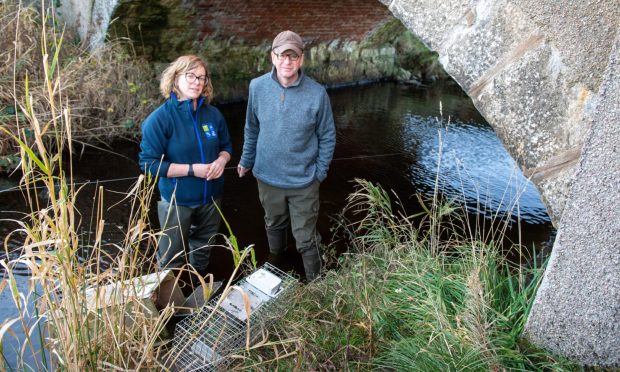
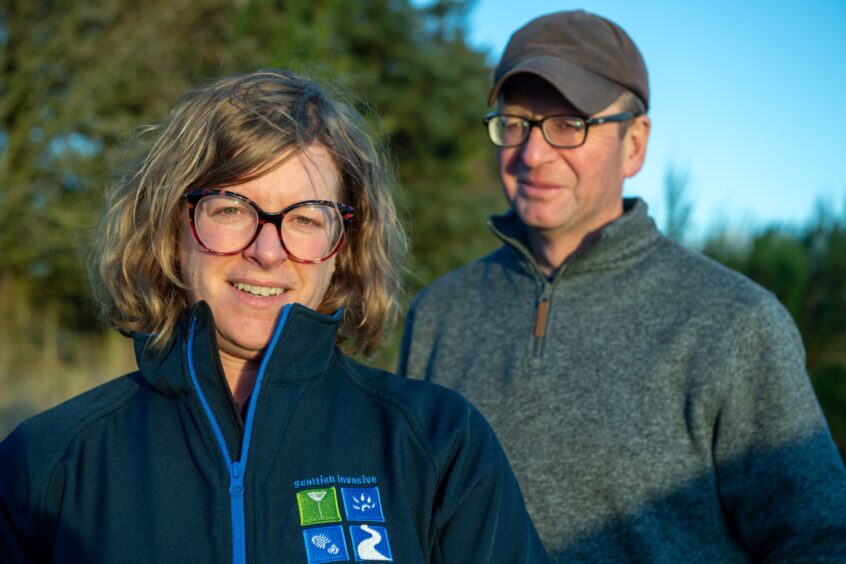
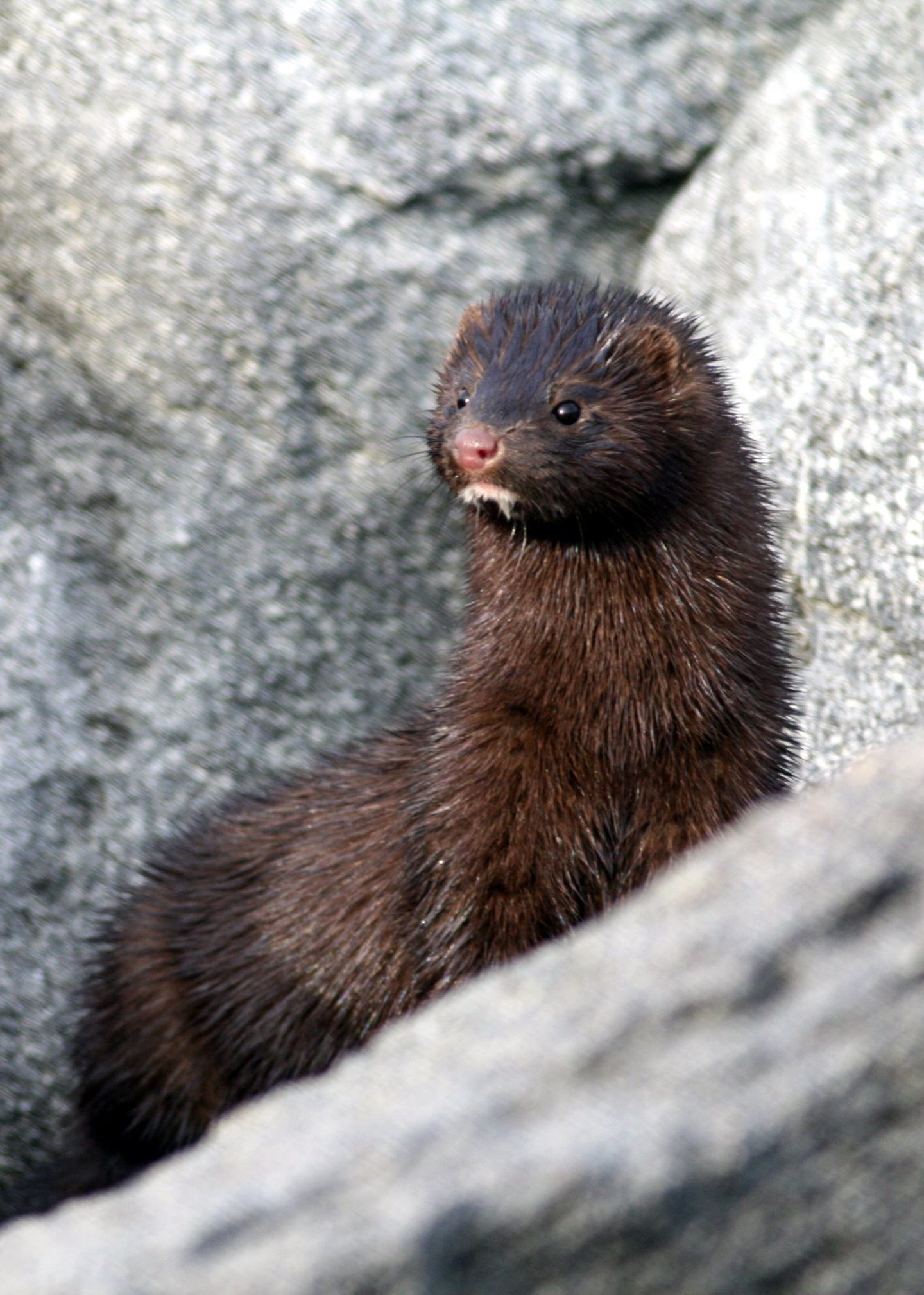
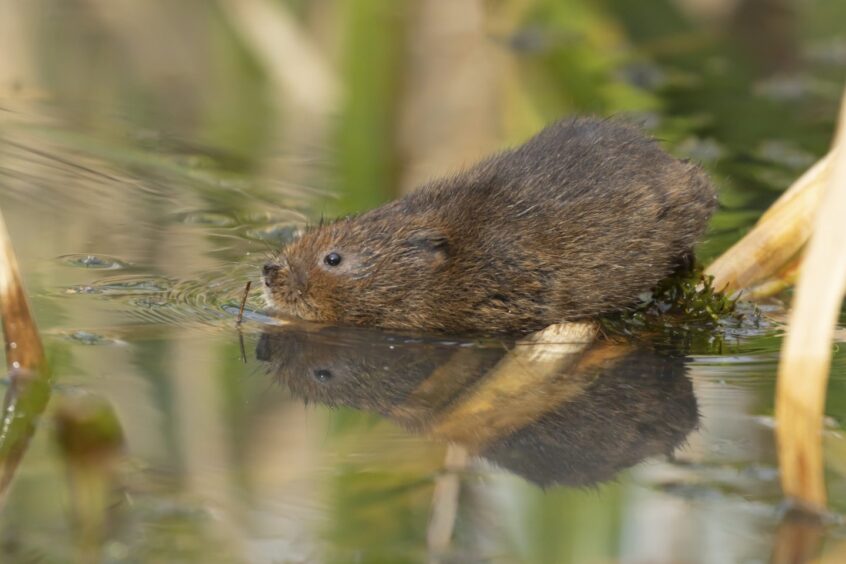
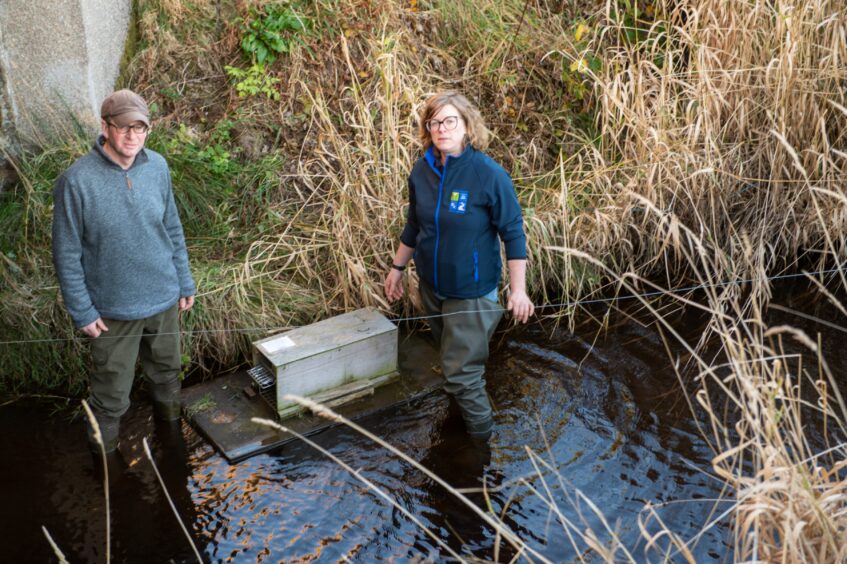
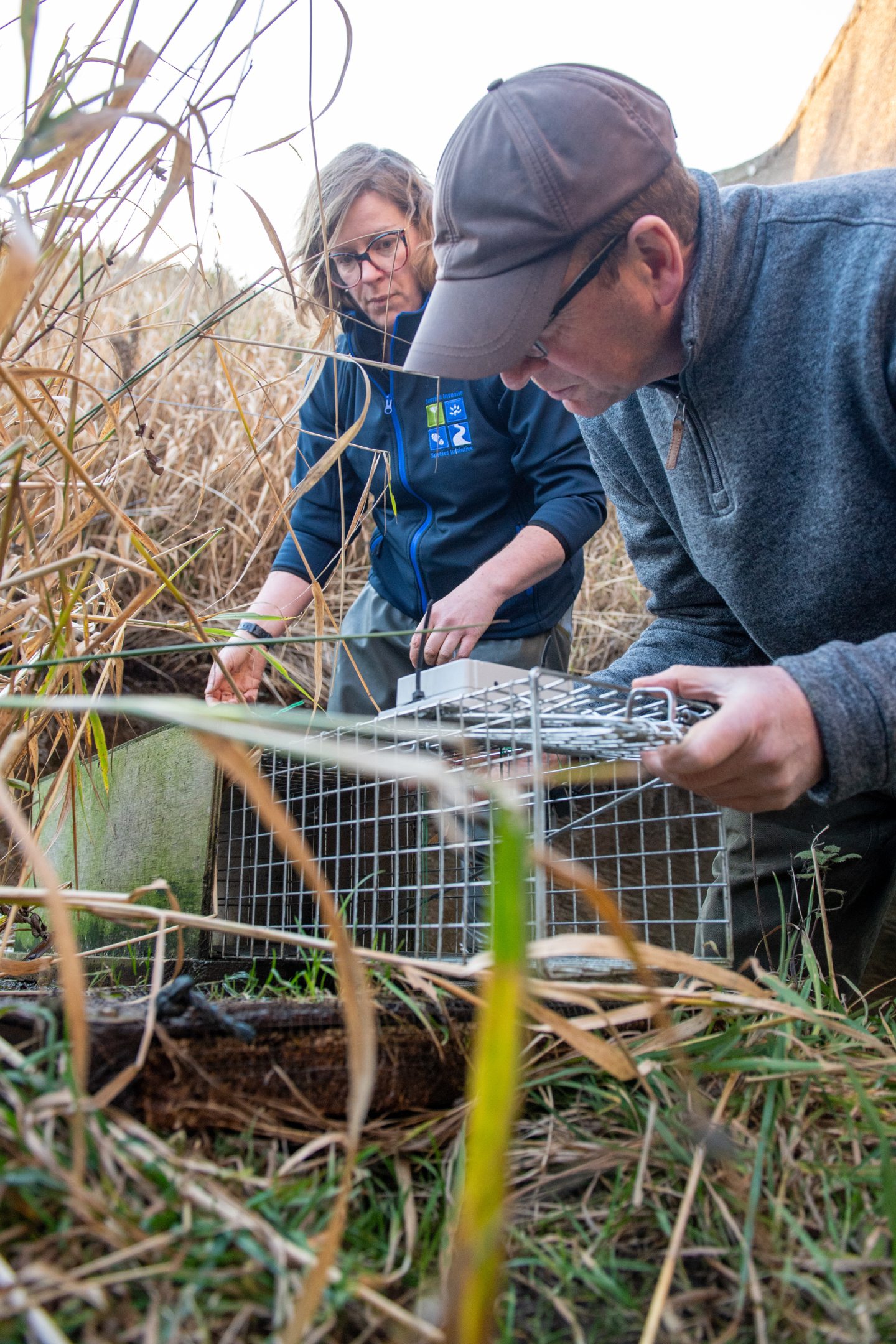
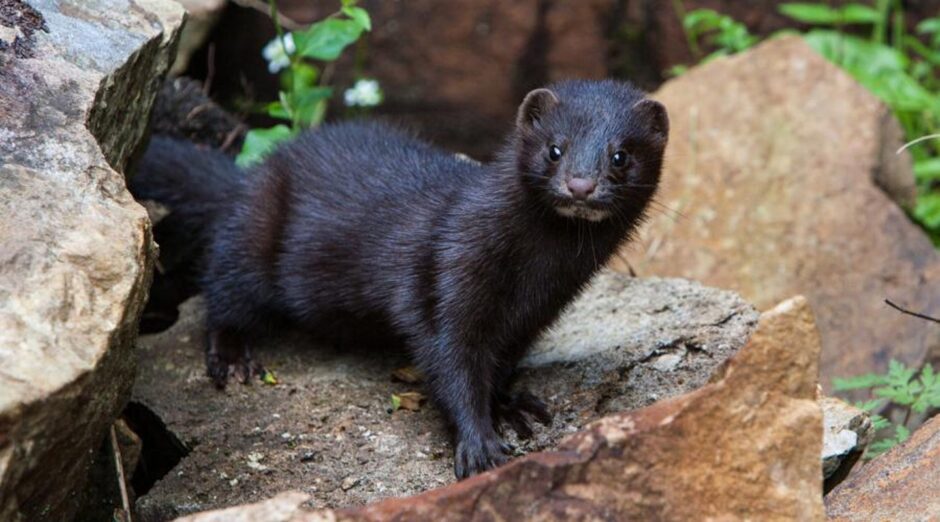
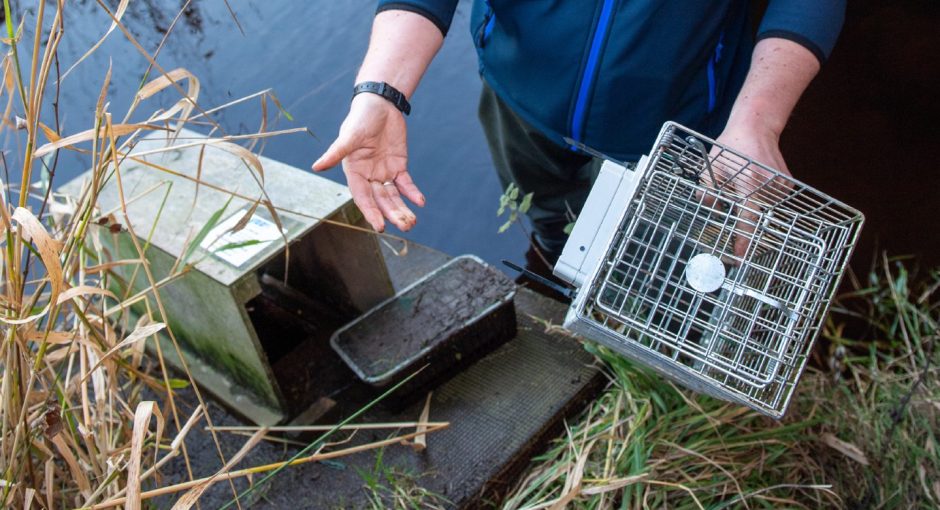
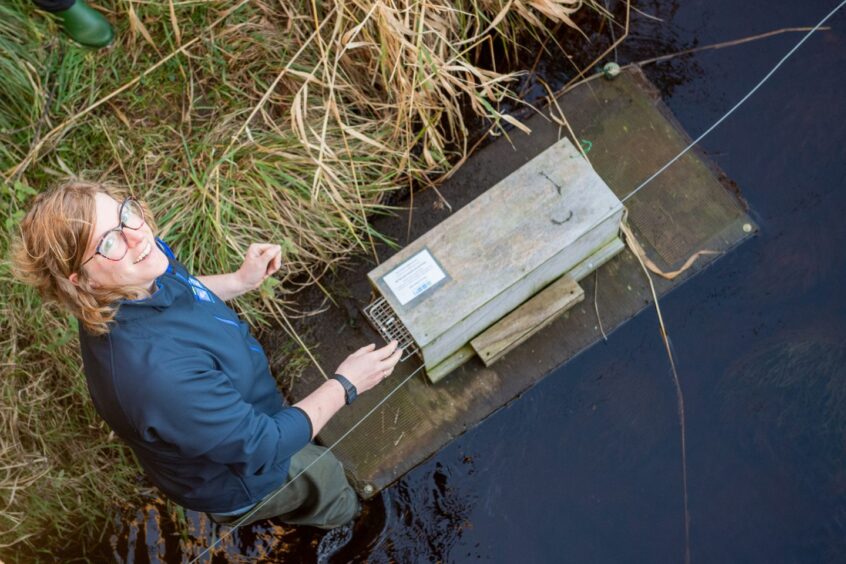
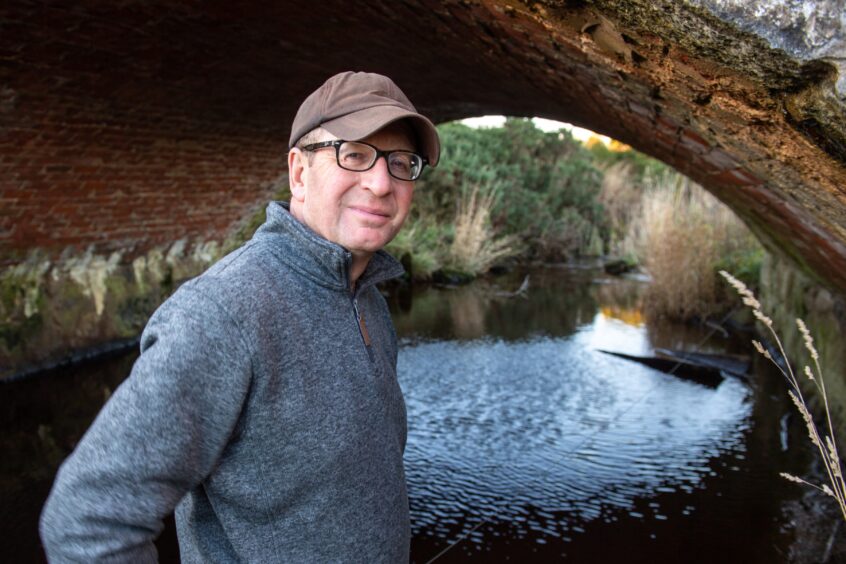
Conversation